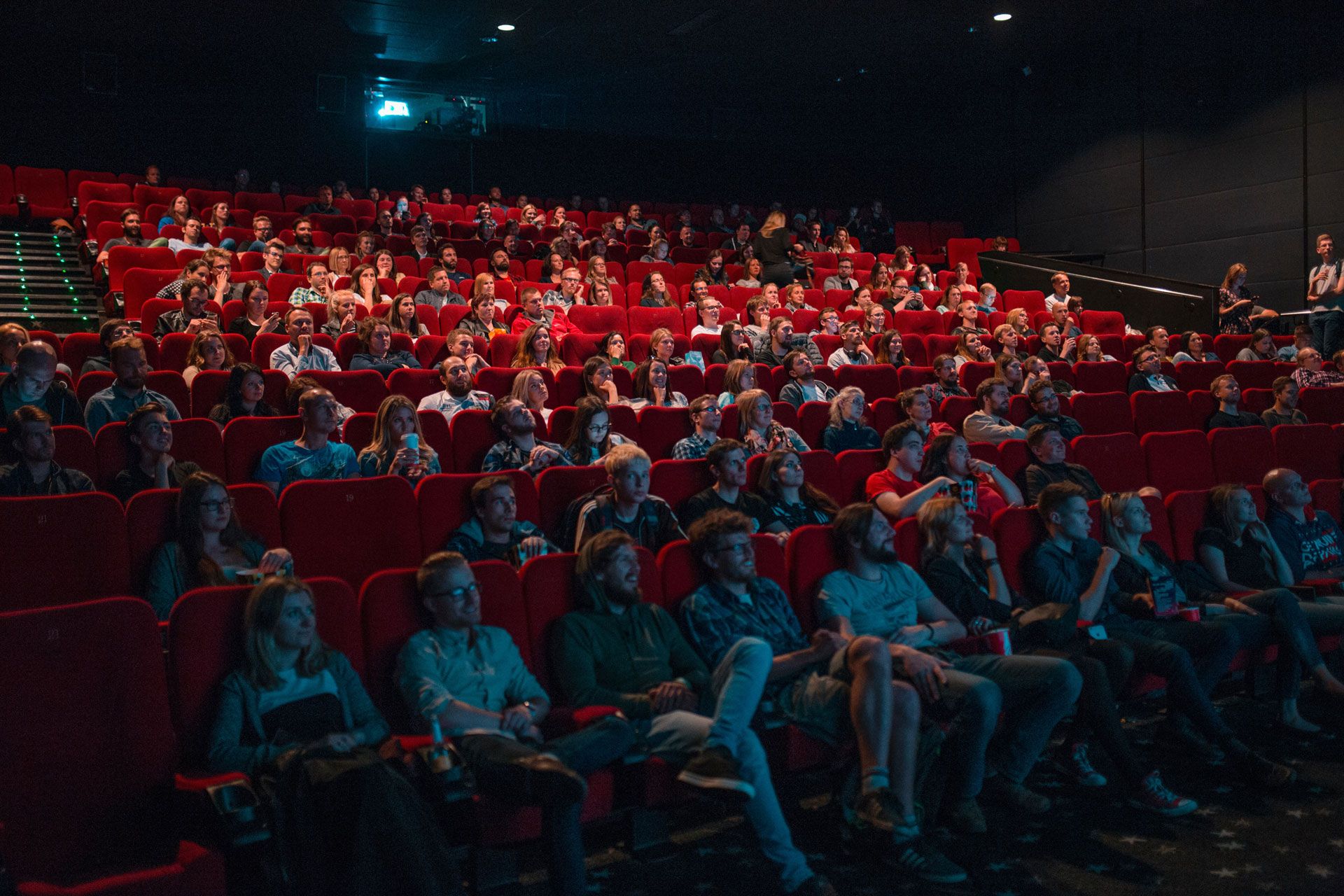Photo by Krists Luhaers on Unsplash
A storyboard helps to understand a specific scenario and how someone (human) uses a product (technology) to meet a need (business).
The problem that we are solving with a storyboard is how to quickly communicate the customer journey by turning the process into a story that people can relate to.
Stories are the way that people can make sense of reality. In cognitive behavioural conceptions about how people understand the world, experience is reduced to stimulus, interpretation, and response.
We take in simuli through our senses, our brains interpret the stimuli as patterns that we recognize as part of our mental models of the world in the form of stories, and then we translate those events into responses, which over time become behaviours and habits to help us better adapt to our physical environment—that is, our social, economic, and political context.
Jesse James Garrett of Adaptive Path, in his talk on Design for Engagement, breaks down experience into perception (senses), cognition (mind), emotion (heart), and action (body).
As experience designers, we create a character (a persona), we imagine what they are sensing, thinking, feeling, and doing (empathy map), and we create a mental model of that persona’s conception of reality, how that character fits into the story (the hero’s journey). In service design, this story can be visualized as a journey map. All of these design artifacts are tools to communicate the design process and how design creates value by helping people understand the rationale for our decisions. At the center of the decision-making process is a set of values about creating products that meet the needs of humans and business within specific technical constraints. A successful product will be desirable, feasible, and viable.
The terms we use for the design process have been changing as we realize how the scope of design is growing much larger than physical artifacts for advertising and marketing products or digital products for computers and mobile devices. Over the past 30 years, the terms have evolved from graphic design, communication design, user experience (UX) design, design thinking, and user-centered design to service design and social design.
- Service Design today: ethics, social and environmental aspects
- Service Design: Can we design for sustainable consumption?
- Wikipedia: Social design
- Social Design: A Discipline In Its Own Right
- Is design just for products, buildings and services: an introduction to social design
- Social Design: Participation and Empowerment
In UX Academy, students are learning about a specific subset of design skills for the UX design industry. These skills are actually preparing you to understand that design is central to the next step in the human project: social and organizational change—the design of social, economic, and political systems that can exist in symbiosis with the life support systems of the planet.
Cullinan joins Team Human to discuss what it means to place artists and creativity at the center of thriving communities, ways to think about art as an important driver to lasting change, and how difficult it is to imagine a brighter future when our current basic needs are not met. "We need to think of art and creativity as part of a system."
“Generative activism is a constructive way to understand design activism and its power to bring about change. In creating new ideas for new kinds of problems, generative activism builds power by providing compelling visions of a better society that people are then able to bargain for.”
— Ann Thorpe
At the heart of the human project is the story we tell ourselves about who we are. “This value in self-interest and competition over collaboration and altruism, this model remakes us. It's incredibly important how we represent ourselves. It changes us.”
“I am a renegade economist, dedicated to rewriting economics so that it's fit for tackling the 21st century's grand challenge of meeting the needs of all people within the means of the planet.”
“I wrote Doughnut Economics: Seven Ways to Think Like a 21st-Century Economist to be the book that I wish I could have read when I was a frustrated and disillusioned economics student myself.” @KateRaworth
“The world’s most ingenious people turn boundaries into the source of their creativity … it's boundaries that unleash our potential … for humanity to thrive with boundless creativity, participation, belonging and meaning.”

